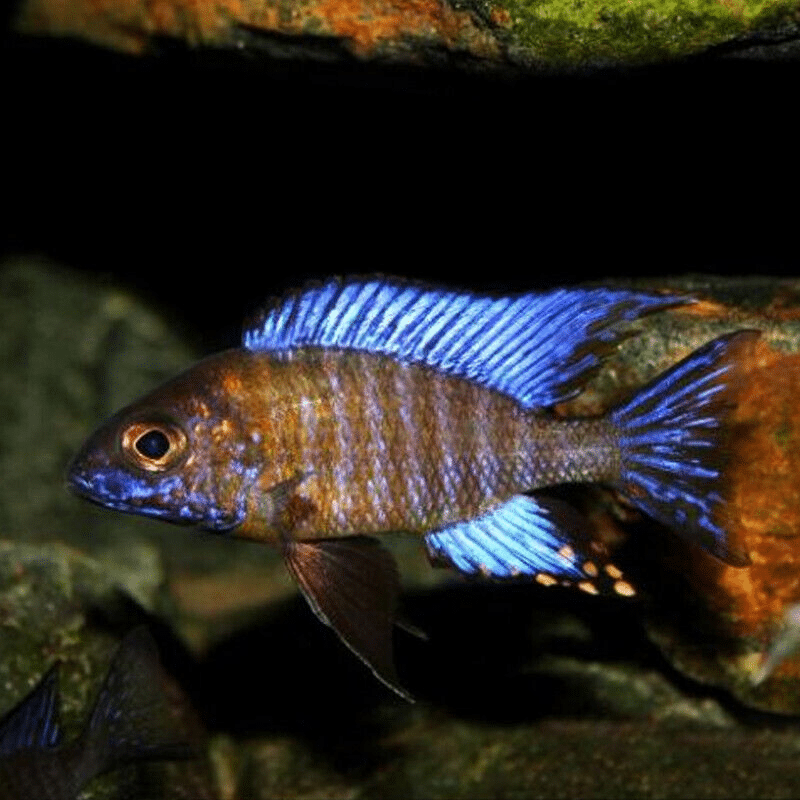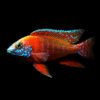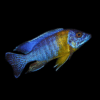To provide the best experiences, we use technologies like cookies to store and/or access device information. Consenting to these technologies will allow us to process data such as browsing behaviour or unique IDs on this site. Not consenting or withdrawing consent, may adversely affect certain features and functions.
The technical storage or access is strictly necessary for the legitimate purpose of enabling the use of a specific service explicitly requested by the subscriber or user, or for the sole purpose of carrying out the transmission of a communication over an electronic communications network.
The technical storage or access is necessary for the legitimate purpose of storing preferences that are not requested by the subscriber or user.
The technical storage or access that is used exclusively for statistical purposes.
The technical storage or access that is used exclusively for anonymous statistical purposes. Without a subpoena, voluntary compliance on the part of your Internet Service Provider, or additional records from a third party, information stored or retrieved for this purpose alone cannot usually be used to identify you.
The technical storage or access is required to create user profiles to send advertising, or to track the user on a website or across several websites for similar marketing purposes.


















Emily Carter (verified owner) –
I absolutely adore my Ethelwynn’s Peacock Cichlid! After adding this stunning fish to my aquarium about a month ago, I couldn’t be happier with how it’s adapted. Initially, I was concerned about compatibility with my other Malawi cichlids, but this little guy has proven to be a great addition. Its vibrant colors and playful personality have illuminated my tank!
Feeding has been a breeze, as it eagerly accepts high-quality cichlid food, which I carefully selected to ensure optimal health. What I love most is how it interacts with its environment; the Ethelwynn’s Peacock Cichlid is active and curious, often exploring every nook and cranny of the tank.
In comparison to other cichlids I’ve kept, this species has a gentler temperament, making it a fantastic choice for both beginners and seasoned aquarium owners. My only minor concern is that it can get a bit shy during feeding time, so I make sure to drop the food in slowly. Overall, I highly recommend the Ethelwynn’s Peacock Cichlid to anyone looking to enrich their Malawi cichlid collection. You won’t regret it!